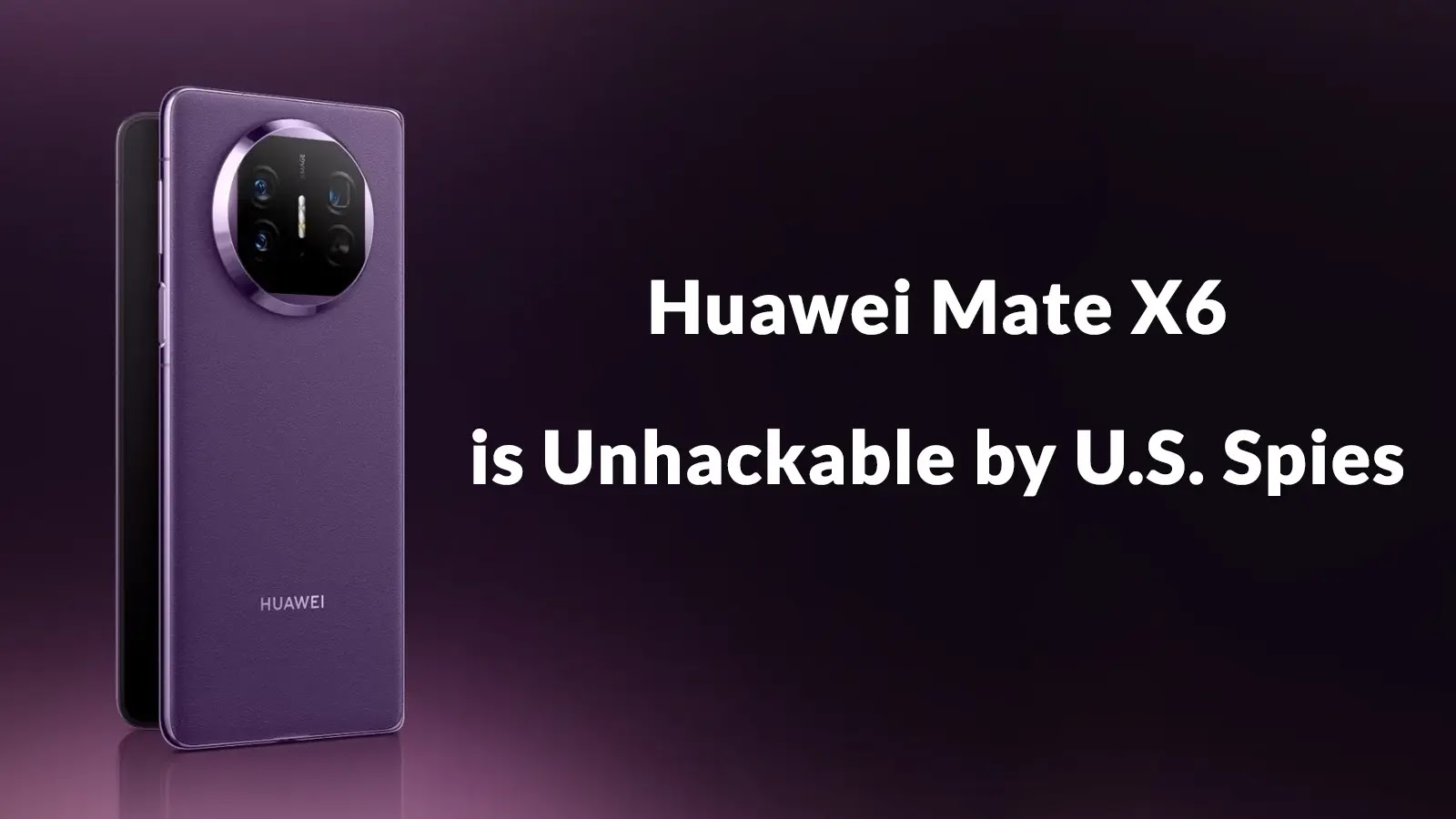
Venezuela’s Maduro Says Huawei Mate X6 Gift From China is Unhackable by U.S. Spies
The convergence of geopolitics and cybersecurity often creates intriguing narratives. Recently, Venezuelan President Nicolás Maduro announced that his new Huawei Mate X6, gifted by Chinese President Xi Jinping, is impervious to U.S. espionage. This declaration, made amidst escalating U.S.-China tensions over telecommunications technology, thrusts a consumer device into the spotlight of international surveillance debates. But can any sophisticated smartphone truly be “unhackable,” especially when nation-state capabilities are in play?
The Huawei Mate X6 and Its Political Symbolism
President Maduro’s public statement about the Huawei Mate X6 carries significant political weight. It symbolizes a defiant stance against U.S. sanctions and technological restrictions on Chinese companies like Huawei. By claiming the Mate X6 is immune to U.S. surveillance, Maduro implicitly endorses China’s technological prowess and its independence from Western influence. This narrative reinforces the deepening technological and strategic alliance between Beijing and Caracas.
From a cybersecurity perspective, the claim of unhackability for any commercial device, regardless of manufacturer, is highly contentious. Modern smartphones are incredibly complex systems, running millions of lines of code across various components. Each line of code, each hardware module, presents a potential attack surface. While manufacturers strive for robust security, the concept of a completely “unhackable” device remains an ideal, not a reality, especially against well-funded and persistent adversaries with zero-day exploits.
Understanding Device Security in a Geopolitical Context
The security of a high-profile device like the Mate X6, used by a head of state, is multi-faceted. It involves:
- Hardware Security: This includes secure boot processes, hardware-backed encryption, and tamper-resistant components. Huawei, like other major manufacturers, invests heavily in these areas.
- Software Security: The operating system (HarmonyOS, for instance, on newer Huawei devices), applications, and firmware all need to be regularly patched and free from vulnerabilities.
- Supply Chain Integrity: Ensuring that no malicious components or backdoors are introduced during manufacturing or distribution. This is a primary concern for the U.S. government regarding Chinese telecom equipment.
- Operational Security (OpSec): How the device is used, what networks it connects to, and what data is stored on it significantly impact its overall security posture. Even the most secure device can be compromised through phishing, social engineering, or insecure network practices.
The U.S.’s concerns about Huawei stem from allegations that its equipment could facilitate espionage by the Chinese government, often citing the potential for “backdoors” or vulnerabilities that could be exploited. Huawei consistently denies these claims. The Mate X6, as a consumer device, operates under the same scrutinies and principles.
The Reality of Nation-State Cyber Capabilities
When a head of state makes a claim about device security against a major power, it directly invokes the capabilities of nation-state threat actors. These groups, such as the U.S. National Security Agency (NSA) or China’s Ministry of State Security (MSS), possess:
-
Extensive Resources:
They have vast budgets for research and zero-day acquisition.
-
Advanced Exploitation Techniques:
This includes sophisticated methods for remote code execution, privilege escalation, and data exfiltration.
-
Supply Chain Manipulation:
The ability to potentially influence or compromise hardware or software at various stages of production or distribution, though this is incredibly difficult to achieve and even harder to prove definitively.
-
Persistent Access:
Once a vulnerability is exploited, these actors often seek to establish long-term, stealthy access.
For a device to be truly “unhackable” by such adversaries, it would need to have no exploitable vulnerabilities, a perfect operational security environment, and an absolutely transparent and secure supply chain—a combination that is technically challenging, if not impossible, to achieve in the real world.
Remediation Actions for High-Value Targets
While an “unhackable” device is a myth, significant steps can be taken to enhance the security posture of high-value targets, whether they are heads of state or critical infrastructure operators:
- Regular Security Audits: Independent, third-party audits of hardware, software, and network configurations.
- Vulnerability Management Program: Establish a robust program to identify, assess, and remediate vulnerabilities promptly. This includes tracking publicly disclosed vulnerabilities like CVE-2023-XXXXX (placeholder for a hypothetical, relevant CVE if one emerged for Mate X6). Even common vulnerabilities like CVE-2023-38831 (WinRAR ACE vulnerability) demonstrate the ongoing threat surface of complex software.
- “Air-Gapped” Communications (for highly sensitive data): For the most critical communications, utilize devices that are not connected to public networks, often referred to as air-gapped systems.
- Dedicated Secure Communications Devices: Use purpose-built, highly secured devices with minimal attack surface for sensitive communications, separate from general-use smartphones.
- Strict Operational Security Protocols: Enforce rigorous protocols for device usage, handling, and secure storage. This includes limiting app installations, disabling unnecessary features, and maintaining physical security.
- Zero Trust Architecture (ZTA): Implement ZTA principles where no user, device, or application is inherently trusted, regardless of its location.
The “unhackable” claim for the Huawei Mate X6, while politically expedient, serves as an important reminder of the constant struggle in cybersecurity. No device offers absolute immunity from sophisticated attacks, especially from well-resourced nation-state actors. Effective security relies not just on the inherent design of a device, but on a comprehensive strategy encompassing secure development, vigilant operations, and continuous adaptation to emerging threats.





